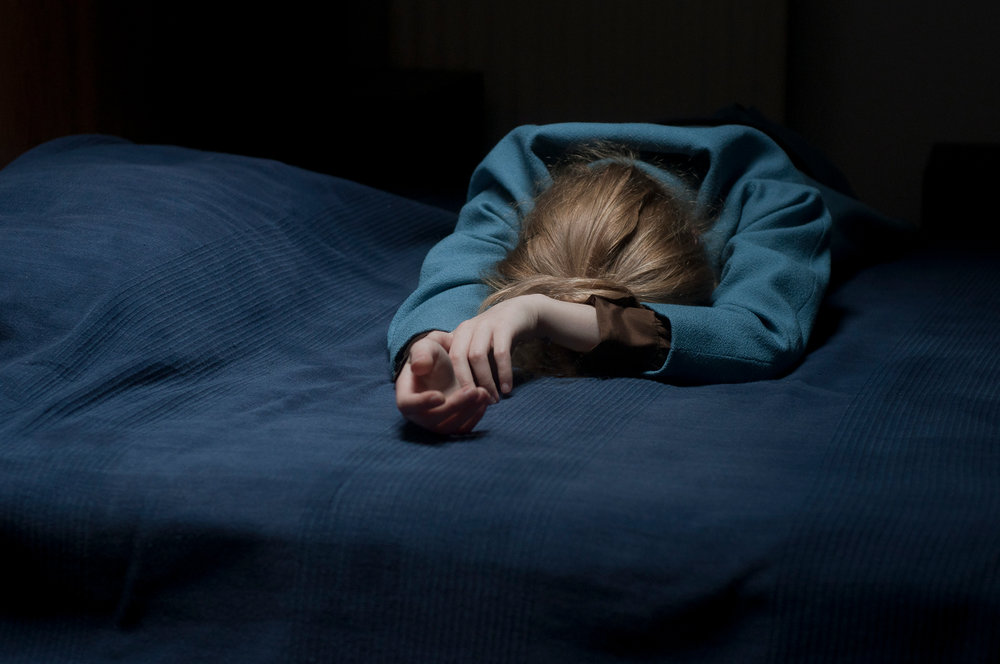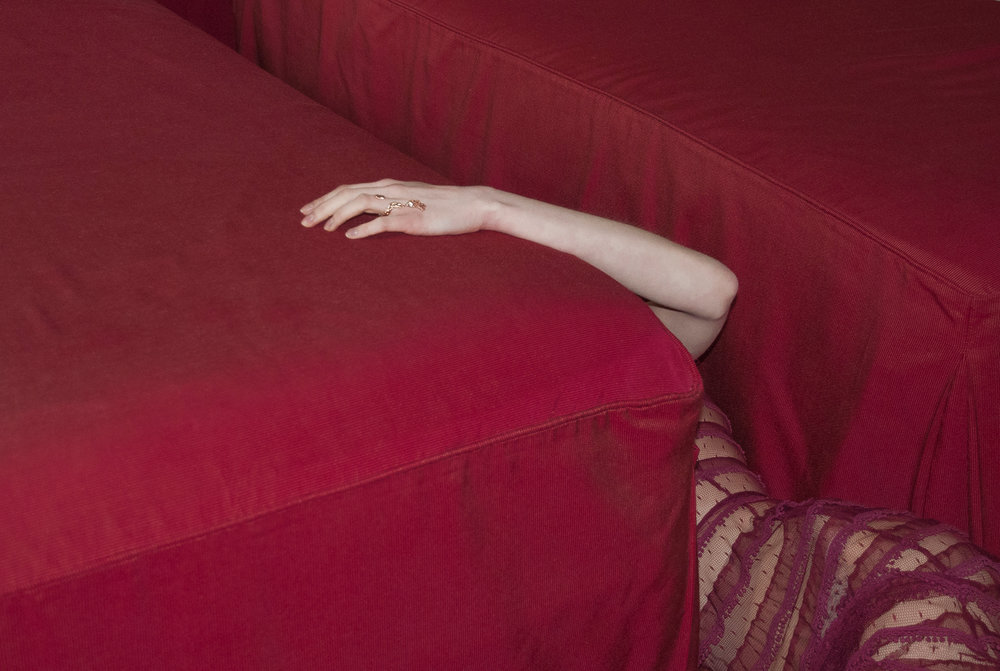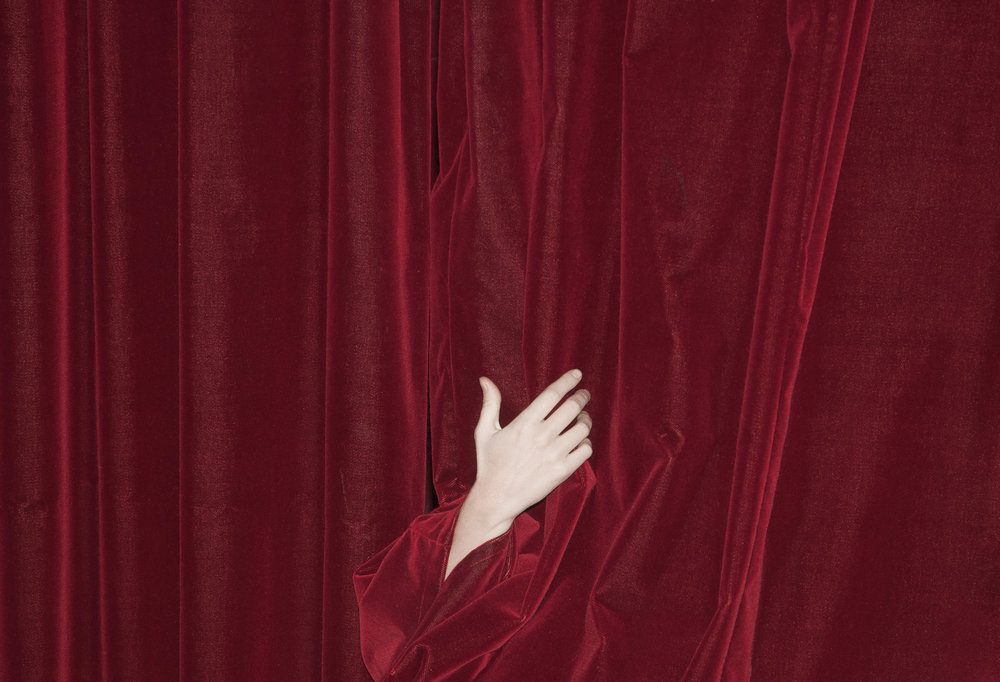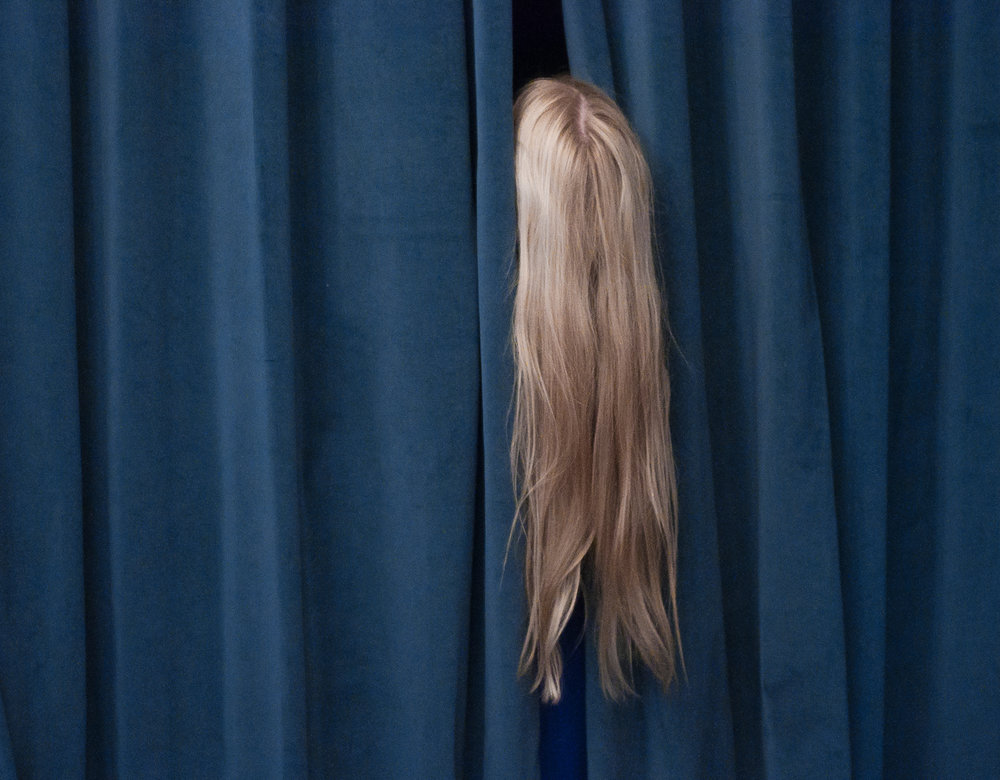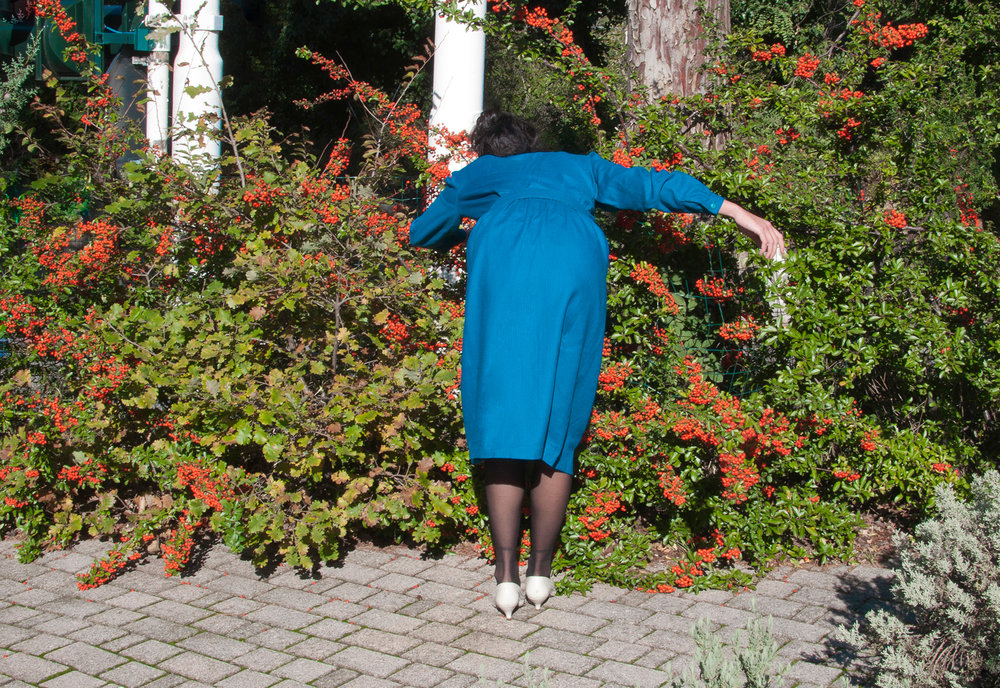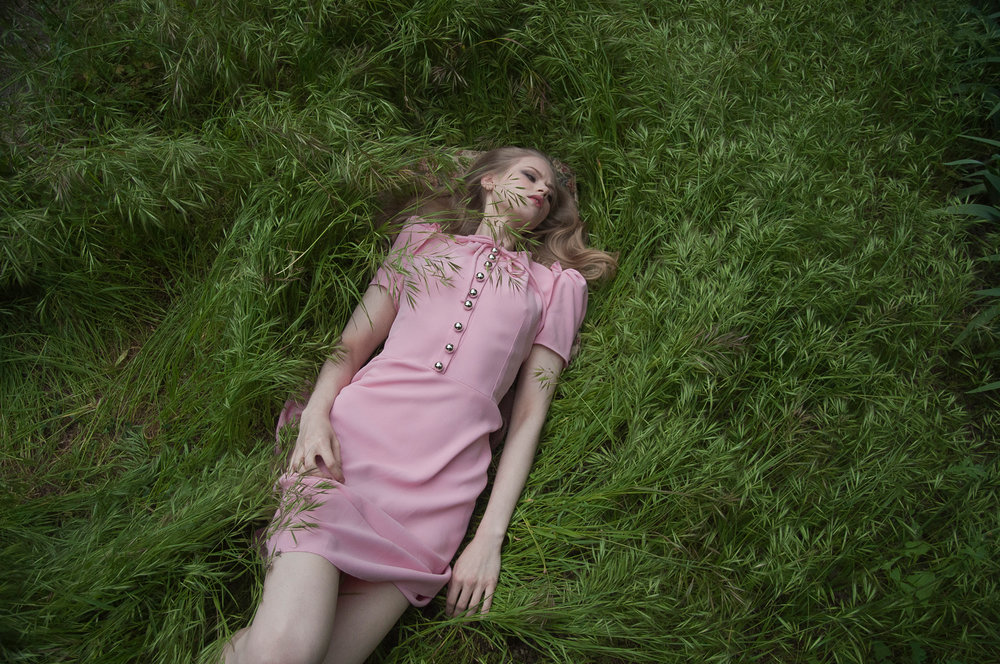CRISTINA CORAL - A VIEW FROM WITHIN
A VIEW FROM WITHIN
Italian photographer Cristina Coral’s images are not so much a reflection of a reality outside of us, but “come from the depths and mystery that is within each of us". The art of photography is about feeling, not seeing. Her view and way of working has already caught the eye of Vogue Italy and Maison Martin Margiela, and produced two gold medals at the 2014 Prix de la Photographie Paris.
“In my project Hidden Beauty I don’t want to highlight the external beauty but to capture traces of an internal dialogue. My female figures are absent but at the same time present in their intimacy, in introspection, in research of themselves. Atmosphere and emotion are molded in the observer.”
Cristina, where are you from in Italy, where do you currently live, and what do you most like about living there?
I live in Trieste, a beautiful city on the seaside, located in the northeastern part of Italy. It is the place where I was born and grew up, where I spent my youth and currently live. I will always feel very close and connected with this city which has always inspired me and my work. Trieste is not a place from which you can stay away easily.
I once read Jan Morris’ book about Trieste. As Trieste is the former harbor of the Habsburg Empire, which only became part of Italy after WWI, she described it as a city filled with nostalgia and past grandeur. I’ve never been to Trieste, but have always been fascinated by the idea of a city somehow lost in history, as suddenly borders are re-drawn. Does this description of ‘your’ city speak to you? And do you think it influenced your work?
There is a quite a body of comprehensive literature about Trieste from many famous authors who all convey the same feeling of living in a beautiful city with a great past and nostalgic present. Trieste has also always been at the crossroads of different cultures and religions, and a meeting point of painters, philosophers, writers and musicians from east and west. I am definitely influenced by Trieste’s mood and atmosphere. For me it’s a place of the soul.
You are a self-taught photographer. How did that work exactly? You just got a camera and started clicking? Visited galleries? Bought books?
I decided I wanted to do something creative and that is when I picked up a camera and started exploring how to use it. After I attended a workshop I immediately understood what the camera could give me in terms of experimentation and discovery of the world around me, as well as more about myself. I am still in the process of learning and experimenting actually.
Your father is a famous composer. How important has he been in your life? And how important is music in your life?
He has been my master in life. His music and creativity have influenced me a lot and contributed to increasing my sensitivity. Music and art are a very important part of the human existence.
Do you play an instrument?
I studied flute at the Conservatory, but I never thought about having a musical career.
At a first level, one could say that the role of a photographer is to show or reveal things. However, it seems to me that in many of your images you like to hide things or leave the audience guessing. For example, we never see you in The Other Part of Me. Does that make sense?
The Other Part of Me talks about the dichotomy between good and evil, realism and idealism. It reflects both sides of us. The part we allow people to see and the part we do not allow ourselves to show to the rest of the world.
In Hidden Beauty we hardly ever see the face of the woman in the photo. What is the idea here? To convey an emotion or atmosphere?
In my project Hidden Beauty I don't want to highlight the external beauty but to capture traces of an internal dialogue. My female figures are absent but at the same time present in their intimacy, in introspection, in research of themselves. Atmosphere and emotion are molded in the observer.
What about Inside Outside, in which all images are set inside?
This project talks about images and psyche. Taking pictures is about the relationship between the interior (inside) and the surroundings (outside). Inside Outside is triggered by two different forces: the observation of reality and the emotional baggage and memories we carry.
Two series are set in swimming pools. What is the beauty or magic of a swimming pool?
The swimming pool is only the ambient, the setting. The magic stems from within the model and the moment on which these photos were taken: one after a rainy day when the rainbow appears in the background and another when the clouds enrich the composition.
Setting and decor are important in your work. Would you ever see yourself doing architectural photography?
I like perspective and I am attracted by geometry and proportions. However, I don't think architectural photography is my cup of tea.
You find your locations mostly in and around Trieste? And you do that yourself? Or do you have people helping you?
The majority of my locations are in Trieste and surroundings and I usually find them myself.
How did Vogue Italy come knocking on your door?
I started to upload some of my photographs on Photo Vogue and very soon I got feedback from the photo editors, which contributed to my artistic growth. It has been a meaningful starting point for my work and passion.
I am sure there are many, but could you name us one or two photographers in particular that you admire?
I have always admired the work of Guy Bourdin, Noe Sendas and Viviane Sassen.
If not a photographer, what would you like to be?
That is hard to answer. I think I would have liked to be a ballet dancer...
What are the last five songs or albums you listened to?
I only remember the last three: Friedrich Gulda: Beethoven - Piano Concerto No.5 in E flat major Op.73 Shostakovich - Piano Concerto No.2: II. Andante.Giampaolo Coral - Ave Maria
What does 2017 have in store for Cristina Coral?
I will continue working on my personal projects, do some commissioned editorial work, and enjoy life.
INTERVIEWED BY PETER SPEETJENS

